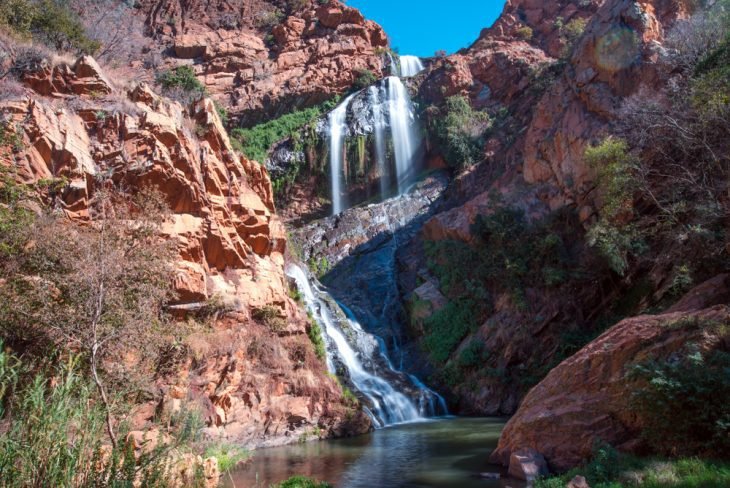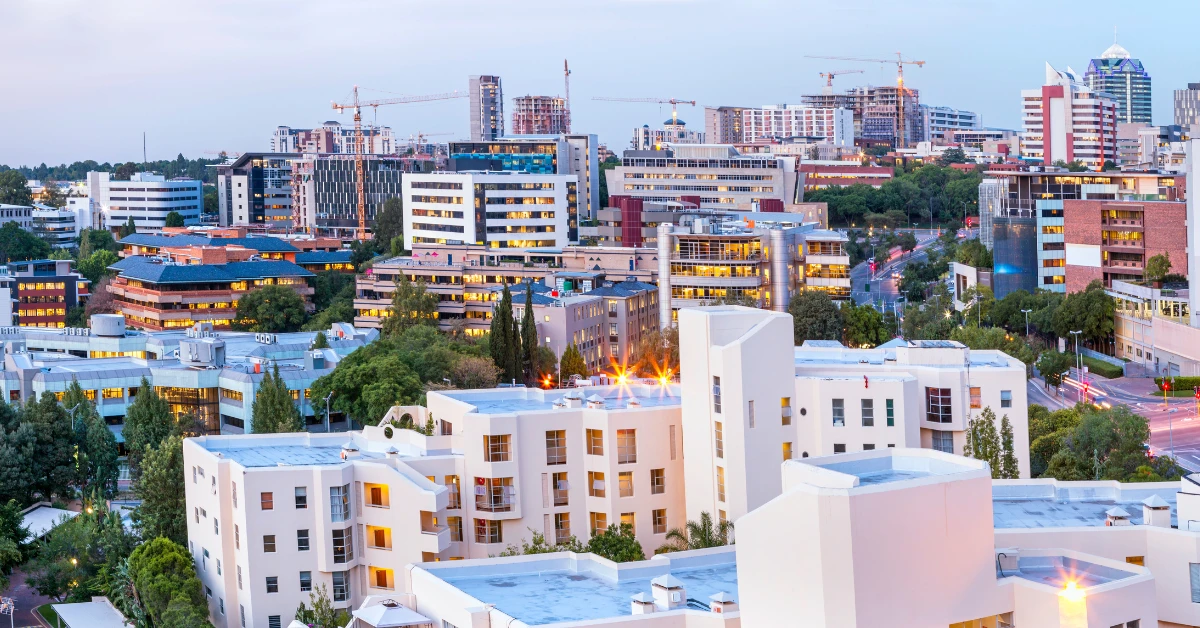The Main Principles Of Johannesburg North Attractions
Wiki Article
The Basic Principles Of Johannesburg North Attractions
Table of ContentsThings about Johannesburg North AttractionsIndicators on Johannesburg North Attractions You Need To KnowSome Known Questions About Johannesburg North Attractions.The 4-Minute Rule for Johannesburg North AttractionsJohannesburg North Attractions - An OverviewFacts About Johannesburg North Attractions Revealed
The city owes its place to the visibility of an also much more precious resource: gold. The city expanded on the edge of the Witwatersrand Main Reef, a below ground stratum of gold-bearing quartz-silica conglomerate that arcs for thousands of miles under the Highveld. A lot of the gold mines in the city stopped operation in the 1970s, but in its day the Witwatersrand gold sector accounted for greater than 40 percent of the globe's yearly gold manufacturing.Johannesburg has a warm environment. The city delights in about 8 hours of sunlight per day in both winter and summertime.
What rain the city obtains falls nearly specifically in the summer months, often in amazing late-afternoon electric tornados., where several residents still depend on coal for gas.

Johannesburg North Attractions Things To Know Before You Buy
The balance of the city is inhabited by whites. Accommodation varies in personality and top quality.Physical development, although rather restricted by transport, proceeded promptly as migration to South Africa, and Johannesburg in particular, boosted drastically.
The majority of poor suburban areas were combined, with poor blacks and whites cohabiting, although the rich suburban areas were usually reserved for whites. This changed with the political election of the National Celebration in the 1948 political elections, that started to formalise the system referred to as racism. Discrimination officially assigned which suburban areas each race might live in under the Team Areas Act.
The previous system of eleven numbered areas was reorganised in 2006. Marshalltown, as seen from the top of the Carlton Centre. The M1 and M2 run behind the structures, and the southern suburbs expand past the freeway boundary. The central city of Johannesburg is situated within the city's Region F. The approximated population of the area is 200,000, [] The number of people living in the inner city on an informal basis is unidentified, as lots of are unlawful immigrants. The majority of higher-income citizens and white people have actually transferred to the northern suburban areas and have been changed by lower-income black individuals. The joblessness, education, and age accounts of the area are all unknown, as a result of the problem of getting trusted information about the location.
The Facts About Johannesburg North Attractions Uncovered
Yeoville and Bellevue have a mix of house buildings and single residential devices on little lots. The area lies on a mountainous divide that ranges from east to west. One of the most obvious geographical function is Observatory Ridge, which is named for the big observatory located on it. The entertainment areas are no longer used, as a result of security problems.
An Unbiased View of Johannesburg North Attractions
The eastern suburbs are some of the earliest areas of Johannesburg, there are huge neighborhoods of Jewish and various other European backgrounds, the bulk of the population is English talking. There are three golf training courses as well as a number of secured ridges with viewsites.The location is mainly made up of old "matchbox" homes, or four-room houses developed by the government, that were constructed to offer affordable lodging for black workers during racism. Soweto is an abbreviation, standing for "South Western Townships". Street after road in this field is lined with my explanation matchboxes; nonetheless, visit homepage there are a few smaller locations where prosperous Sowetans have actually built homes that are extra similar in stature with those in even more wealthy suburbs.
Hostels are one more noticeable physical feature of Soweto. Initially constructed to house male migrant workers, numerous have actually been improved as homes for pairs and families. The N1 Western Bypass skirts the eastern limit of Soweto. The residential area was not historically permitted to produce work centres within the area, so practically all of its locals are travelers to other parts of the city.
Johannesburg North Attractions - An Overview
The household areas in the northern suburban areas are generally formal, with no substantial areas of casual real estate, or housing that lacks an irreversible structure. This is a well established area, there is a trend of land usage change from residential to business, particularly along major arterial roads and around well established nodes.Roads to the eastern and west are much less well established, as there are no highways travelling in that direction. In the direction of the north border of the city, the thickness of advancement lowers, leaving large locations of primitive land around Midrand.
Some Known Details About Johannesburg North Attractions
The very first suburban area to the north of the central city is Read Full Report Parktown, which is situated on a hill forgeting the inner city and Hillbrow. It has several affluent homeowners and Edwardian-design mansions, in addition to the Education and learning and Clinical schools of the University of the Witwatersrand. The big concrete Charlotte Maxeke Johannesburg Academic Healthcare Facility dominates the sky line of Parktown.Report this wiki page